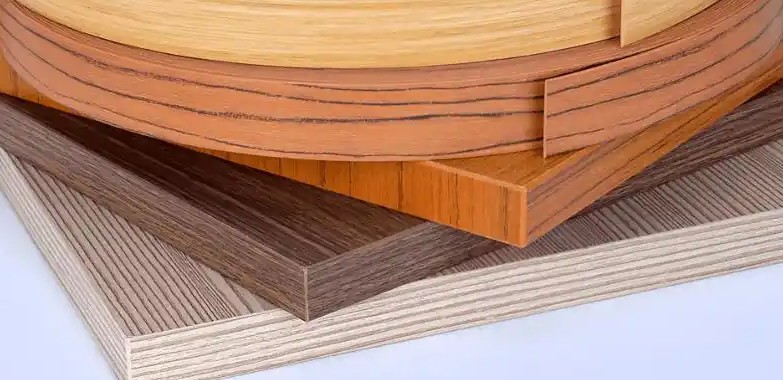|
|
Why do PVC edge banding strips encounter problems such as white bending, edge jumping, cracking, and poor glossiness of the edge banding strips during use?These issues mainly depend on the content of calcium carbonate powder (commonly known as lime powder) in the edge banding strip. Generally, PVC edge banding contains calcium carbonate powder, but excessive content of calcium carbonate powder can cause the structure of PVC to become loose, thereby seriously affecting the quality of PVC edge banding. The problems caused by the high content of calcium carbonate powder include:
Folding white refers to the phenomenon of whitening at the bent edge after making a small curved edge on the edge banding strip, and this whitening will not be restored after the edge banding strip is straightened again. This phenomenon is more pronounced for dark edge banding.
Bouncing edge, which is prone to produce popping edges when trimming the edge strip. Of course, the reason for the occurrence of jumping edges is not only due to the high content of calcium carbonate powder. When the hot melt adhesive for edge sealing is not properly mixed with the feeding speed, it can cause the edge sealing strip to not fully adhere to the board during trimming, resulting in edge jumping due to the floating of the edge sealing strip. The edge glossiness of the edge banding after trimming and grinding is poor, resulting in a poor appearance effect. At present, low-quality edge banding strips on the market contain over 60% calcium carbonate powder to reduce costs. As for the different equivalent products of the same brand, it is mainly their calcium carbonate powder content.
Cracking, due to the high content of calcium carbonate, causes the edge banding to lack toughness and the internal structure to be loose. It will crack under slight external force, especially during transportation at low temperatures.
|


